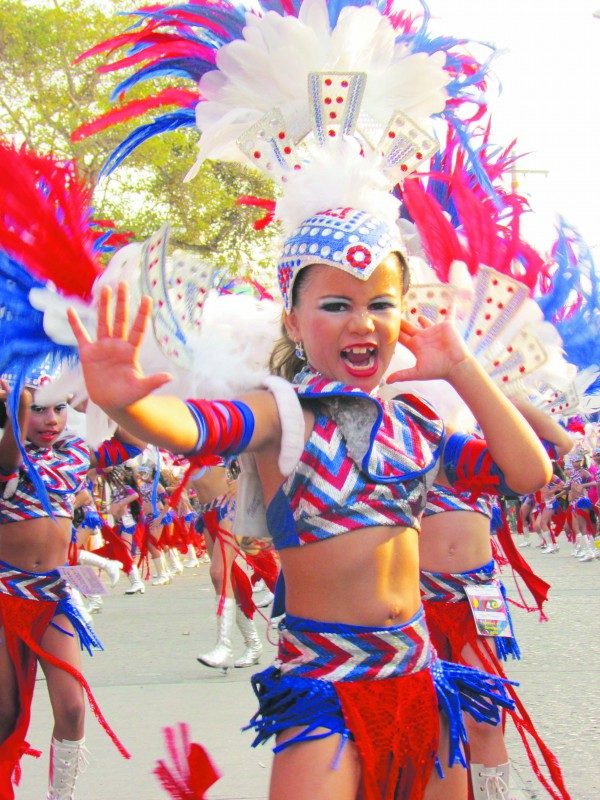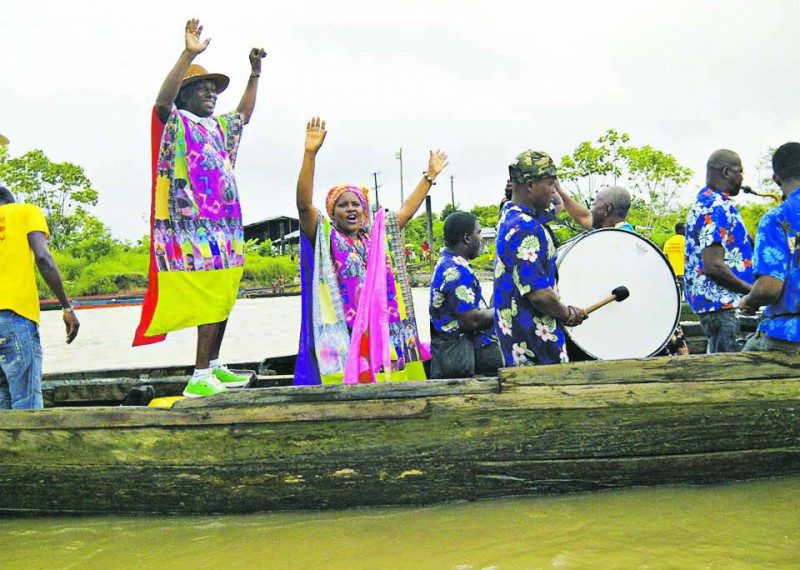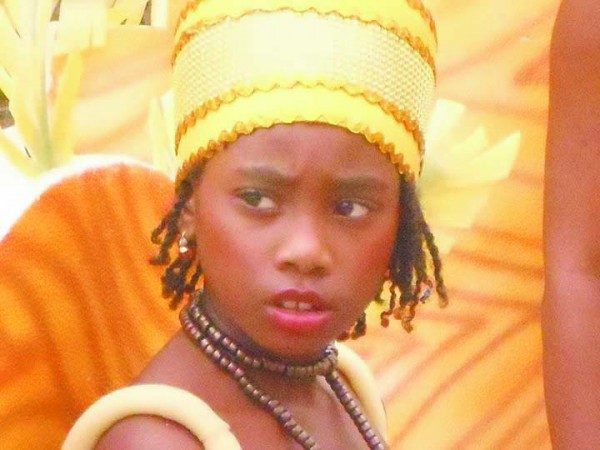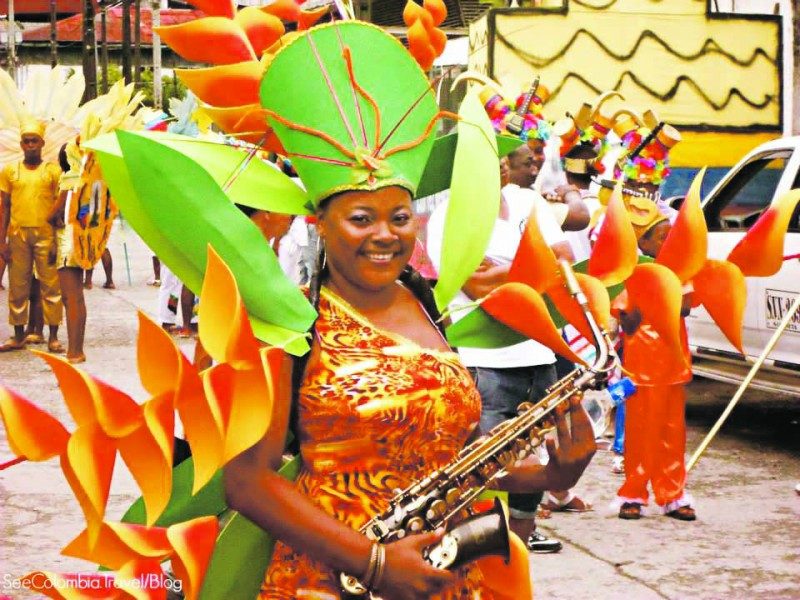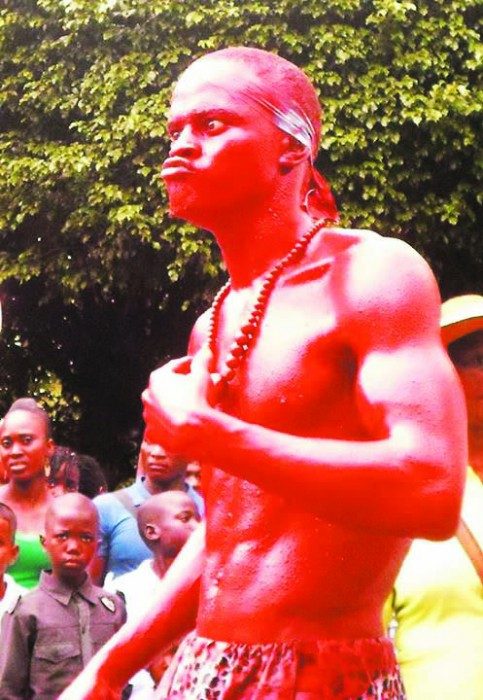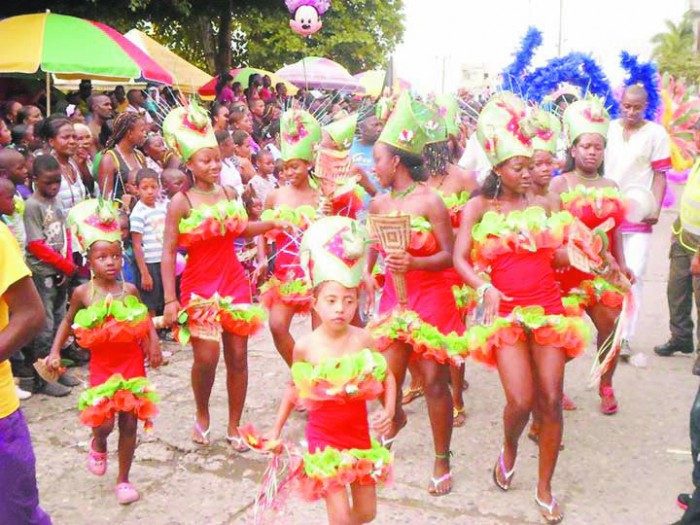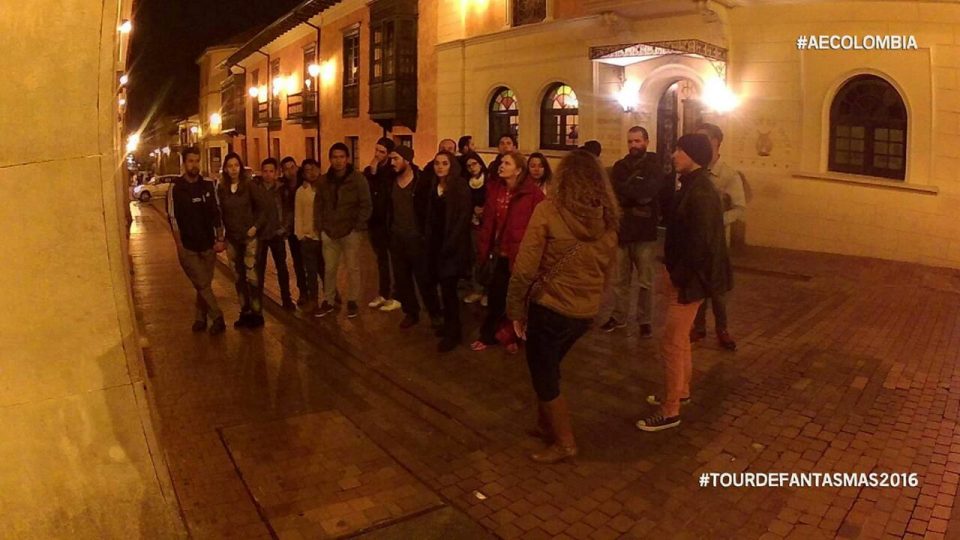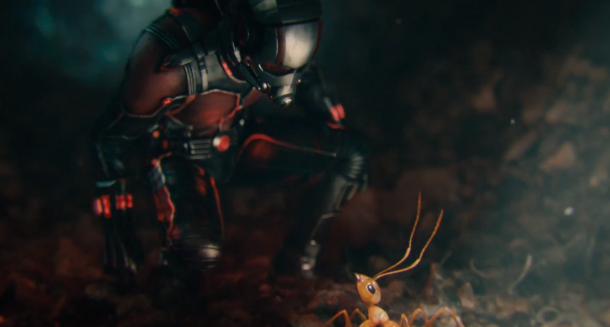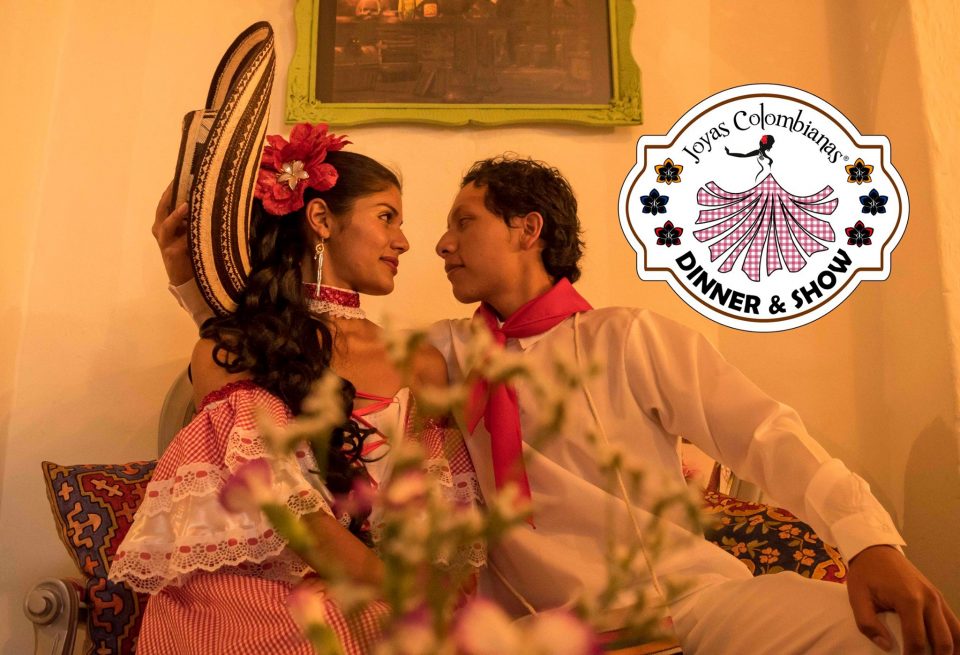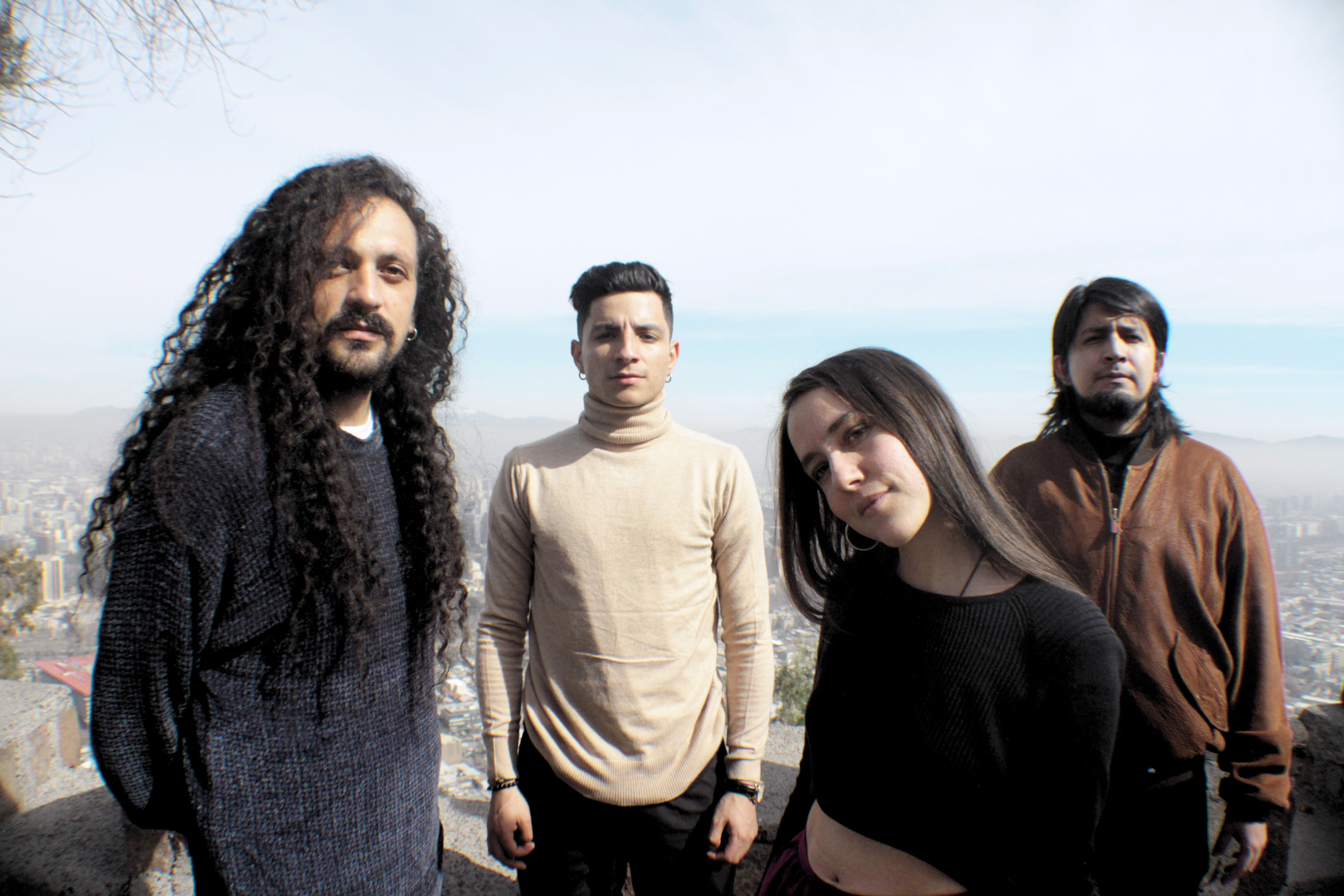A microcosm of Colombia’s conflict, Choco is also home to a vibrant, noisy and colourful annual festival. We pay a visit to the San Pacho Festival and discover a world of contrasts
For several decades, Choco has been enveloped in war, corruption and violence; almost synonymous with the Hollywood-inspired image of Colombia as a vast, lawless jungle, home to drug traffickers and freedom fighters. Isolated from the rest of Colombia by thick, dense jungle and politically estranged due to the armed conflict and high levels of corruption, it has long been written off as an unsalvageable wasteland.
Yet, the region also hosts Quibdo’s San Pacho Festival, named on UNESCO’s Intangible Cultural Heritage list. The festival is a fantastic and vibrant expression of Afro-Colombian culture and passion, crammed with music and colours alongside surprisingly fervent displays of religious devotion.
Held in honour of the city’s namesake, San Francisco of Assisi (lovingly nicknamed San Pacho), San Pacho festival is a full 20 days of hedonism, liver-bashing, dancing and praying. Each night, one of the neighbourhoods hosts a verbena, which is basically an excuse to drink, have dance-offs, eat and play carnival games that nobody can ever win.
A flotilla, quite unlike any I had ever seen before, is also a key part of the festivities. The river fills with narrow, unstable boats packed to the rafters with costumed dancers and brass bands who demonstrate superhuman balance to avoid being thrown off their boats.
Unlike the agile performers who made up the flotilla, the festival left me feeling slightly unbalanced. Firstly, there was the seemingly ever-present overlap between the holy and, well, unholy. This was exemplified by a sermon in the cathedral, which was all but drowned out by the raucous music being played just a few metres away. The mass was followed by hymn-singing, with religious music thrust aggressively out of loudspeakers in an attempt to compete with the drunken merriment outside.
I was assured that the dance-offs (which appeared to me nothing more than live sex shows) were simply people dancing choque. Still, I couldn’t help wondering what the Saint himself would think of it.
I was struck by contrasts like this throughout the festival, whether it be the juxtaposition between religious celebrations and full-on parties or joy and happiness standing alongside startling poverty and desperation.
In fact, at times it is possible to forget that the San Pacho Festival is a religious celebration – at least until the final day.
While many people are still out downing whatever they can get their hands on, or crawling into bed in anticipation of the next day’s raging hangover, a 3am procession begins from the door of the cathedral, snaking its way throughout the majority of the city. For almost three hours, religious music and chanting flow through the battered streets of Choco’s capital in an astonishing display of faith and conviction.
Another religious procession takes place in the afternoon, this time with many hundreds more taking part. In Choco’s baking heat, with sore feet from 20 days of dancing and methodically dabbing their sweaty foreheads with rags, the people of Quibdo spend four hours singing hymns, chanting, praying and following a giant statue of San Francisco.
In moments such as this, the festival gave the impression of being a major uniting force, bringing the whole city together in celebration. But a closer look revealed that sadly, many townspeople were simply excluded.
While the celebrations were in full-flow, the chirinia music banging against my eardrums, cheering townsfolk watching the flotilla happily from the malecon, my eyes were drawn to scores of children on the banks, standing on immense piles of rubbish, and entire families crammed into their wooden homes all trying to take a peek at the parade from one tiny window.
For these locals, the festival is little more than a reminder of their isolation and segregation. And they are not the only ones. Throughout my time there, I had a nagging feeling that what I was experiencing wasn’t the whole story. Perhaps it was my knowledge of the region’s difficult past, perhaps it was the locals stuck on the sidelines and unable to participate, or perhaps it was the way that the vibrant colours and sounds appeared to be masking something else.
Need To Know: The San Pacho Festival runs from September 20 until early October.
Fly direct to Quibdo from Bogota with LAN and Satena
I visited a community of indigenous people who have been displaced by the conflict. They have no water, no electricity, no sanitation, no beds and no means with which to cook. Their houses are simply wooden platforms with makeshift roofs. They are largely ignored by the local council. I arrived hoping to speak to them about their situation but, unsurprisingly, they were not keen to talk.
The trip left me more aware than ever of the divisions that exist in Quibdo and San Pacho. It was difficult to reconcile the daily struggle for a decent life with this astonishing festival of hope, happiness and religious devotion.
- Photo: Azzam Alkadhi
- Photo: Azzam Alkadhi
- Photo: Azzam Alkadhi
- Photo: Azzam Alkadhi
- Photo: Azzam Alkadhi
- Photo: Azzam Alkadhi


